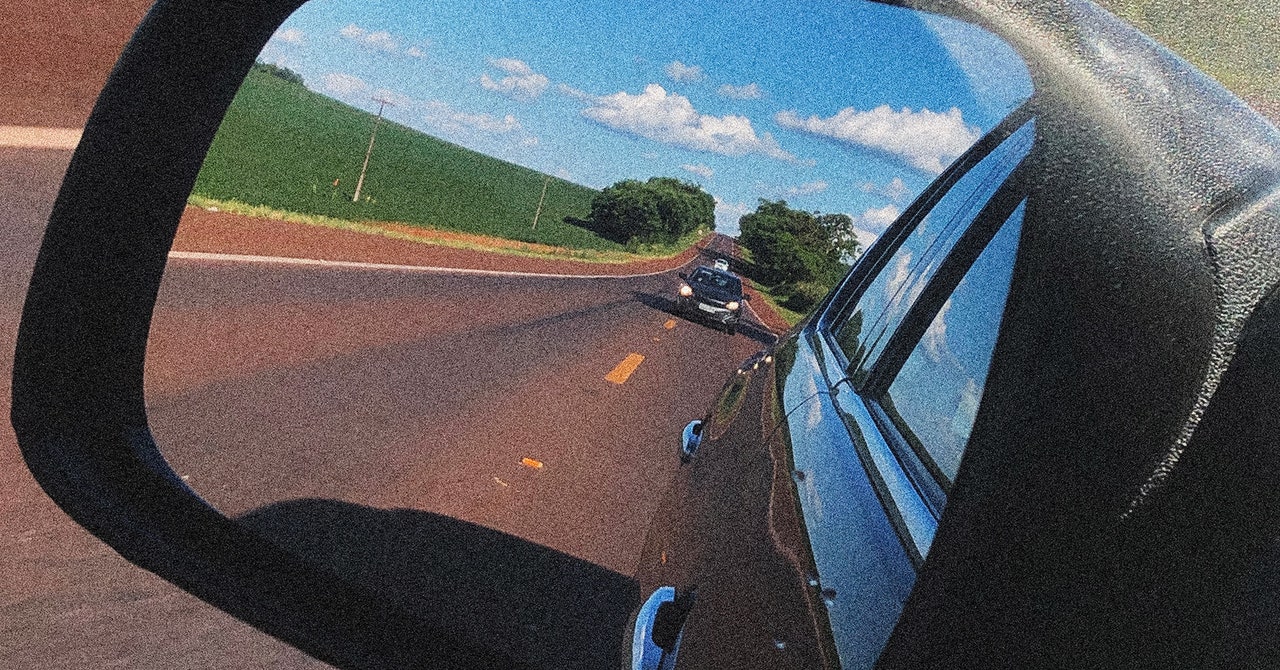
However no story may be all excellent news. Auto {industry} officers argue that assembly that 2029 goal will probably be actually very onerous. “That’s virtually not possible with obtainable know-how,” John Bozzella, the president and CEO of the auto {industry} lobbying group the Alliance for Automotive Innovation, wrote earlier this yr in a letter to Congress. The federal government estimated that putting in extra superior AEB techniques on its vehicles would price an extra $350 per automobile. The auto lobbying group estimates costs might vary as much as $4,200 per automobile as an alternative, and it has filed a petition to request adjustments to the ultimate federal guidelines.
In response to WIRED’s questions, a spokesperson for NHTSA stated that extra superior AEB techniques “will considerably cut back damage or property harm and the related prices from these crashes.” The spokesperson stated the company “is working expeditiously” to answer to the group’s petition.
Auto security consultants say that if automakers (and the suppliers who construct their know-how) pull off extra superior computerized emergency braking, they’ll should stroll a tightrope: growing tech that avoids crashes with out ballooning prices. They’ll additionally should keep away from false positives or “phantom braking,” which incorrectly establish nonhazards as hazards and throw on the brakes for no obvious motive. These can frustrate and annoy drivers—and at greater speeds, give them critical instances of whiplash.
“That could be a actually massive concern: That as you enhance the variety of conditions wherein the system has to function, you’ve extra of those false warnings,” says David Kidd, a senior analysis scientist on the Insurance coverage Institute for Freeway Security (IIHS), an insurance-industry-funded scientific and academic group.
In any other case, drivers will get mad. “The mainstream producers should be a bit cautious as a result of they don’t need to create buyer dissatisfaction by making the system too twitchy,” says Brannon, at AAA. Tesla drivers, for instance, have confirmed very tolerant of “beta testing” and quirks. Your common driver, possibly much less so.
Primarily based by itself analysis, IIHS has pushed automakers to put in AEB techniques capable of function at quicker speeds on their vehicles. Kidd says IIHS analysis suggests there have been no systemic, industry-wide points with security and computerized emergency braking. Fewer and fewer drivers appear to be turning off their AEB techniques out of annoyance. (The brand new guidelines make it so drivers can’t flip them off.) However US regulators have investigated a handful of automakers, together with General Motors and Honda, for computerized emergency braking points which have reportedly injured greater than 100 individuals, although automakers have reportedly fastened the problem.
New Complexities
Getting vehicles to quick break at even greater speeds would require a collection of tech advances, consultants say. AEB works by bringing in information from sensors. That info is then turned over to automakers’ custom-tuned classification techniques, that are educated to acknowledge sure conditions and highway customers—that’s a stopped automobile in the midst of the highway up forward or there’s an individual strolling throughout the highway up there—and intervene.
So to get AEB to work in higher-speed conditions, the tech must “see” additional down the highway. Most of as we speak’s new vehicles come loaded up with sensors, together with cameras and radar, which might acquire important information. However the auto {industry} commerce group argues that the Feds have underestimated the quantity of latest {hardware}—together with, probably, costlier lidar models—that must be added to vehicles.






